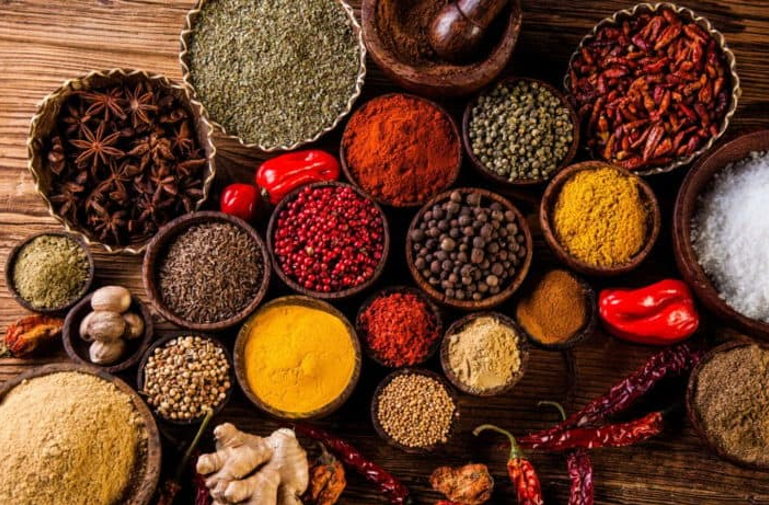The following is an excerpt from Nourished Planet: Sustainability in the Global Food System, published by Island Press in June of 2018. Nourished Planet was edited by Danielle Nierenberg, president of Food Tank, and produced with support from the Barilla Center for Food & Nutrition.
In 1986, Carlo Petrini did something no one had ever done before. He protested the opening of a McDonald’s restaurant in Rome, Italy. At that time, Petrini was a journalist and, although he didn’t call himself one, a foodie. To demonstrate his objection to the fast-food chain, he handed out plates of penne pasta, reminding Italians and tourists alike that Italy is a land and a culture based on the Mediterranean diet, which focuses on diversity—colorful vegetables, legumes, fish, grains, olives, and nuts, among other foods—and serves as the base of Italy’s world-renowned food.
What Petrini feared about fast-food culture was its effect on the diversity of foods we eat. “I was alarmed by the culturally homogenizing nature of fast food,” he said in Time magazine.
Lack of diversity is just one problem that results from the loss of traditional diets and cuisines. Every day, plant species across the globe are disappearing. The UN Food and Agriculture Organization (FAO) reports that approximately 75 percent of Earth’s plant genetic resources are now extinct, and another third of plant biodiversity is expected to disappear by 2050. Up to 100,000 plant varieties are currently endangered worldwide.
Unfortunately, most investments in agriculture from research institutions and the funding and donor communities are for commodity crops such as wheat, rice, and maize rather than for more nutritious foods or indigenous crops, and this focus has had devastating consequences. Lack of diet diversity contributes to undernutrition and overnutrition. Global obesity rates have doubled over the past 30 years, and the incidence of diet-related illnesses, including diabetes, hypertension, and heart disease, in industrialized and developing countries alike, has exploded.
All this despite the fact that many indigenous foods are environmentally sustainable, improve food security, help prevent malnutrition, and increase farmers’ incomes. Fortunately, though, across the world there are dozens of initiatives helping to preserve ancient flavors and promote better nutrition.
The same year Petrini made his McDonald’s protest, he started the organization Slow Food International. Today, some 32 years later, Slow Food has more than 150,000 members across 50 countries.
The organization’s Ark of Taste initiative is cataloging indigenous species of fruits and vegetables all over the world. And every 2 years, Slow Food brings members together to celebrate Terra Madre, or Mother Earth, at Salone del Gusto in Turin, Italy. There, 10,000 Slow Food farmers share both their products with attendees and their obstacles, successes, and best practices with one another through meetings and workshops.
According to Slow Food vice-president Edie Mukiibi, the young farmers he works with in Uganda and Kenya face numerous challenges. But they’re also making great progress toward solving these problems, in part by growing the foods their grandparents and great-grandparents grew. “You find little children of 3 to 15 years having a lot of knowledge about the traditional crops, the local crops, the planting seasons, and such kinds of things,” Mukiibi told Voice of America. “This is what we are achieving with the gardens.”
The gardens he’s referring to are part of Slow Food’s 10,000 Gardens in Africa Project, which aims to encourage communities all across the continent to grow indigenous crop varieties—crops that are not only resistant to pests and disease, drought or flooding, or poor soils but are tasty.
Click HERE to purchase Nourished Planet today! Food Tank readers can enjoy a 20 percent discount with promo code: FOOD.





